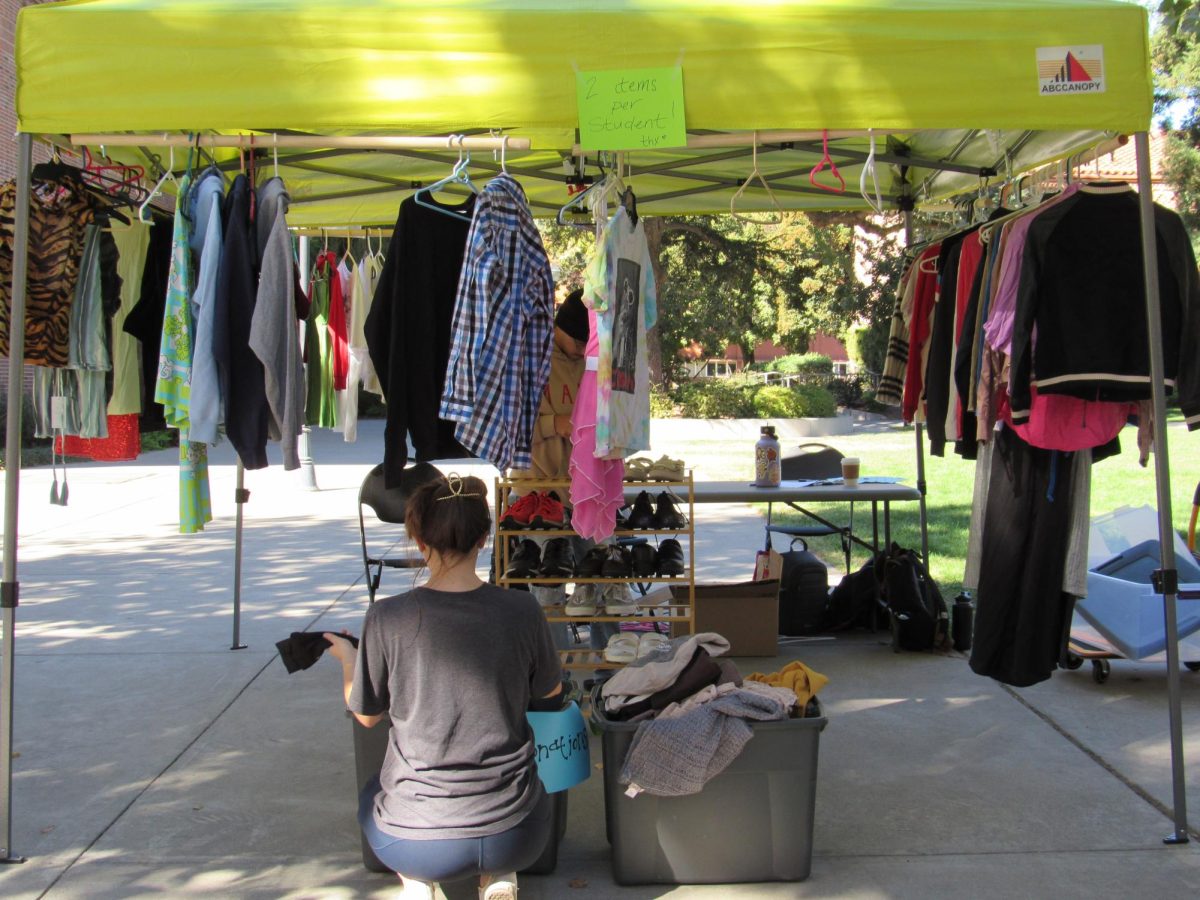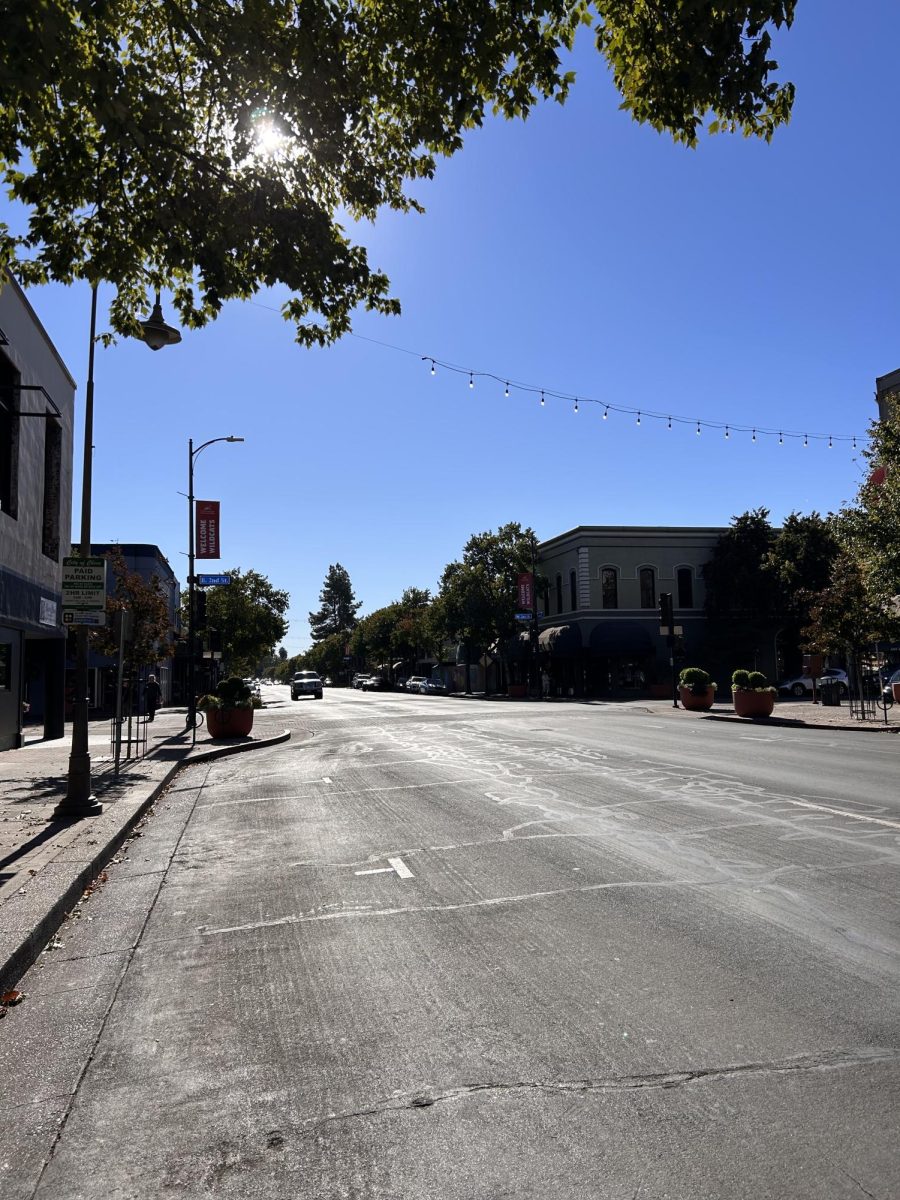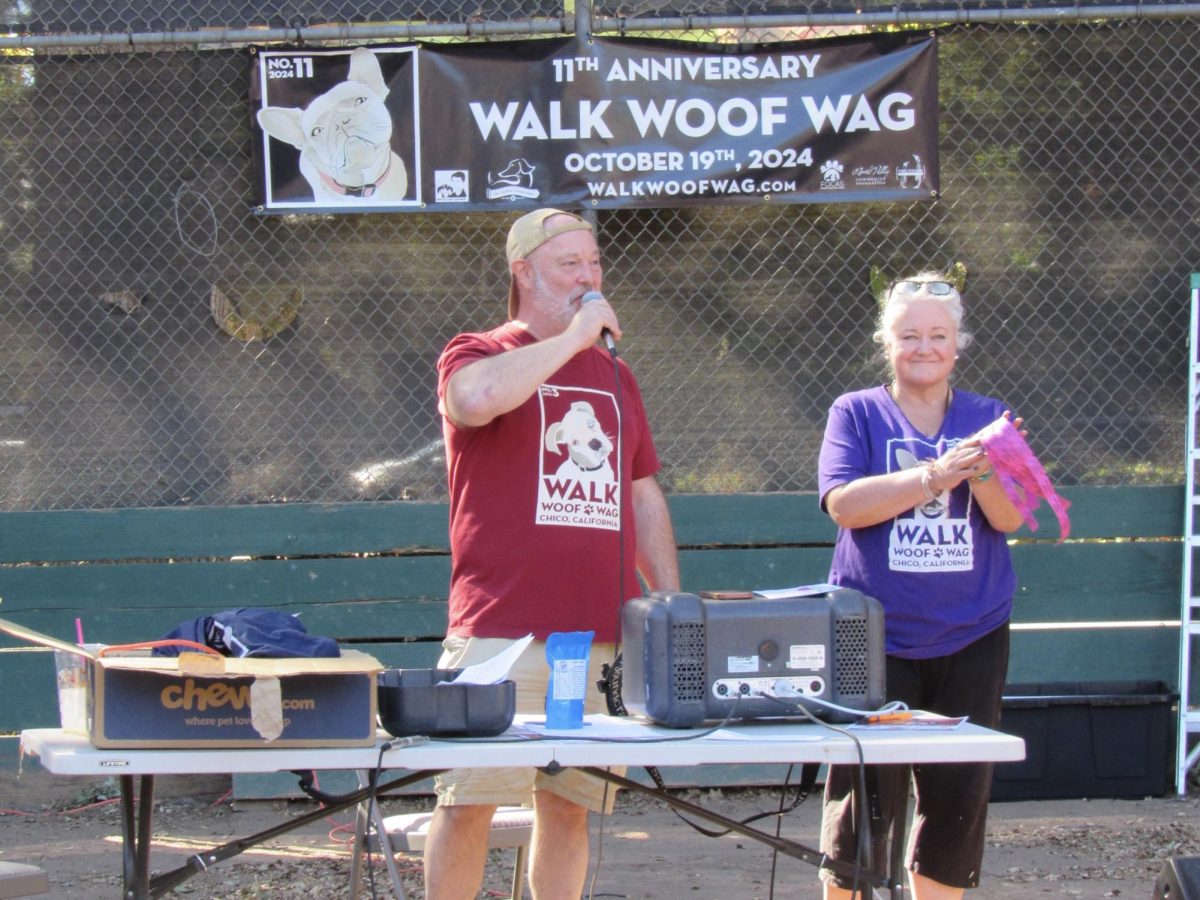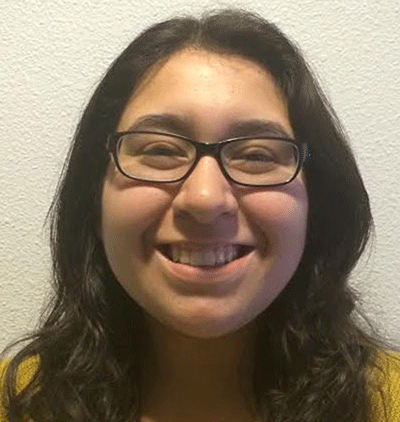The concrete industry management program is extending the summer program at the Alcatraz Field School to a year-round experience.
Three sessions, instead of just one, will now be offered starting in June.
Jaymi Hill, a junior concrete industry management major and president of the International Concrete Repair Institute had the experience of a lifetime with the Alcatraz Field School this past summer, she said.
“The hands-on experience in the industry is really cool, so being able to do that on Alcatraz was 10 times better,” she said.
Students work on repairing the damage that’s been done to the century-old facilities on Alcatraz Island.
“Alcatraz is basically falling apart right now, so if we don’t do something about it, it’s going to be a place one day where we don’t get to appreciate the history and enjoy the experiences there,” Hill said.
The Alcatraz Field School incorporates learning with actual work, she said. The volunteer-based experience was extremely beneficial for her.
“I went in not knowing anything about working in concrete or working on a construction site,” Hill said. “I learned more that summer than I ever have in a semester in college.”
Team sizes will increase to include students outside the program and those from other universities, which hasn’t been done before, said Tanya Komas, concrete industry management program coordinator.
The program was extended because of an increase in demand, she said. The students will be able to uncover things throughout the year that they wouldn’t be able to during the summer. It’s a fully immersive experience for the students.
It’s a once-in-a-lifetime experience and they have really strong industry support for it, Komas said. The program is funded by the concrete industry management program and the National Park Service.
“The program is the only one of its kind,” she said. “The National Parks Service is very excited about it. It’s advancing the concrete repair industry and repair, in my opinion, is such a big part of the concrete industry.”
Student workers uncovered archaeological resources beneath the recreation yard when the program started. The concrete was taken out to expose the found caponiers, which were military structures from the mid-1800s.
The uncovered structures were originally earthen and concrete was added at some point.
They uncovered what would have been some of the first concrete on the western United States, Komas said.
“We weren’t even making cement in the U.S.,” she said. “It could be some of the oldest on the West Coast.”
The program partnered with Texas A&M; University because of complimentary skills and knowledge, Komas said.
“We’re the historic concrete experts,” she said. “They’re the ground-penetrating radar documentation experts and geophysicists. It’s a good partnership with them.”
Mark Everett, professor of geology and geophysics at Texas A&M; University, verified that underground tunnels still exist beneath the parade ground last year, Komas said.
Many people don’t realize the pre-Civil War history that Alcatraz has, Komas said.
“A lot of people think Alcatraz is just where Al Capone went to prison, but that was really only 30 years of the history of everything that happened on Alcatraz,” she said.“It was a heavily-fortified army garrison during the gold rush in California and fort during the Civil War.”
There’s a whole layer of history, Komas said. Anywhere on the island, if there’s brick or granite, it’s premilitary. If it’s concrete, it’s from after the turn of the century.
Interested students should consider enrolling in Concrete Industry Management 101 next semester, she said. It is an “Introduction to Concrete” class that will give students the information needed to find out what the program is all about.
Dominique Diaz can be reached at [email protected] or @dominiqueldiaz on Twitter.











